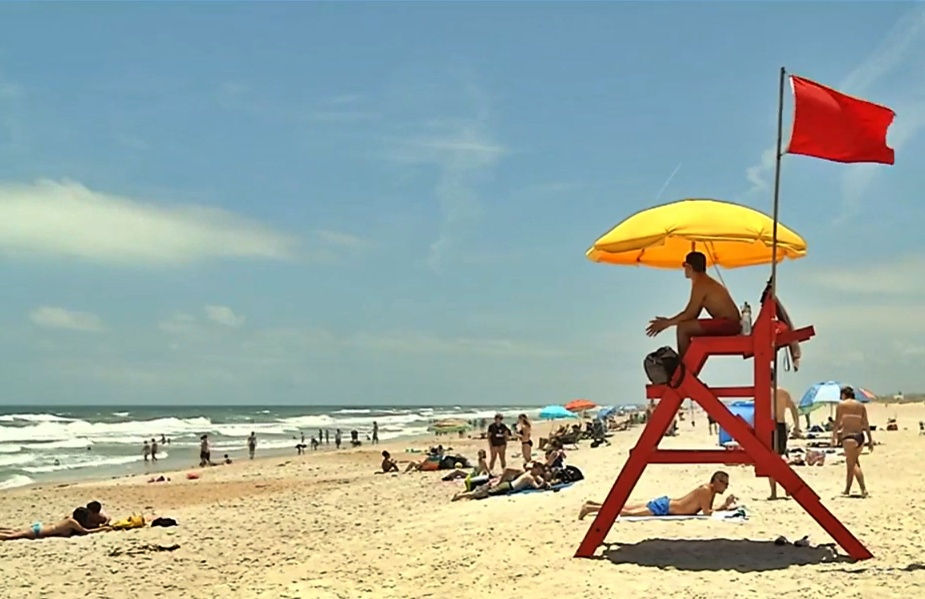Commission rejects idea of a building moratorium
- Mike Lednovich
- Jan 10
- 3 min read

Fernandina Beach city commissioners Wednesday opposed considering a moratorium on building development for property owners that seek to combine parcels according to guidelines of the Land Development Code.
The idea of enacting a building moratorium was floated by City Attorney Tammi Bach at Tuesday's city commission meeting in advance of a joint session of the Planning Advisory Board (PAB) and commission the following day.
PAB members sought direction from commissioners on what issues they should be addressing in 2025.

"I would not be interested in any kind of moratorium on people who own pieces of property and say you can't do anything for a year," said Commissioner Tim Poynter, who owns several downtown restaurants and is developing more projects in the city. "A guy who owes money to banks, who's trying to fix things up. To sit there and own a piece of property and pay property taxes on it and having the bank ticker (running) and be told you can't do anything on it because the city can't get its act together.... I don't think so. We can chew gum and walk at the same time. We can clean up something and also have people continue on with their own property rights."
Commissioner Joyce Tuten said a building moratorium scares her.
"Particularly for commercial property. And even for single family homes, people own this property for 20 years and now they want to build their dream retirement home," she said.
PAB Vice Chair Pete Stevenson said the idea was prompted by past efforts to revise the city's Land Development Code (LDC) regarding subdividing combined parcels that have structures straddling both properties. The previous commission had sought changes that would have made it easier for homeowners to subdivide their developed properties.
That issue came to a head in 2023 when the commission ignored LDC restrictions and approved a subdivision of what is known as the Tringali property. A judge later ruled that the commission action was not appropriate. The case is now under appeal.
"There's not a lot of new property being bought, so what we have is redevelopment. If you look at the city right now, redevelopment becomes a bigger portion of our future," Stevenson said. "It's going to be the Sadler complex. It's going to be three or four areas. We need to be able to tell people, hey, if you've got a solution that doesn't fit our criteria, maybe there is a way we (the city) can do something."
In response to the previous commission's effort to have the LDC changed, the PAB rejected those efforts stating such changes would dramatically alter the established character of neighborhoods with increased density and the addition of townhouses to single family house developments.
The PAB actions drew the ire of Commissioner Darron Ayscue, who had proposed the "Ayscue Plan" for changes to the LDC.
Ayscue began the joint session with a harsh condemnation of the PAB's performance.

"I'm here to say that I have absolutely zero confidence whatsoever that this meeting is going to be productive at all. That if we do anything, it's going to get to you all and you're going to do what you feel like doing anyway. So, it really doesn't matter what is going on here," Ayscue said. "It's absolutely, probably one of the biggest wastes of taxpayer time that I can think of in the two years I've been on the commission."
Ayscue called the PAB's performance as "the tail wagging the dog."
The LDC section 1.03.05 that defines a property owner's ability to subdivide a combined parcel was the focus of the previous commission efforts.
"What I witnessed with 1.03.05 is that if you (PAB members) don't like it, you don't take it up. You just wait it out. Months, it's going to take years to get through 1.03.05. Yet, when we go from 34 units down to 18, when it comes to density change, that took (you) five minutes," Ayscue said.
The debate over the LDC and potential moratoriums reflects ongoing tensions between city officials, property owners, and planning boards as they navigate the future of Fernandina Beach’s growth and development.




I think that another approach might be to put a moratorium on zoning requests - especially for those requesting increased density on parcels. The city needs the infrastructure - including the protective nature of the trees and other natural land elements to absorb water from rain and storms. And the city certainly should look at alternatives to increased amounts of impervious surfaces such as driveways, parking pads, such as that installed at Mocama.